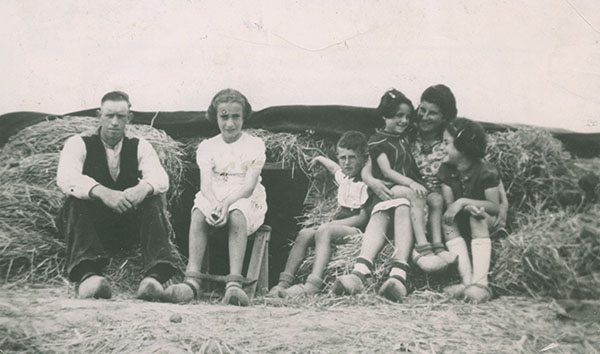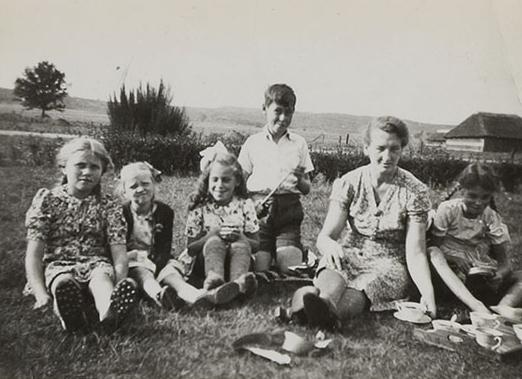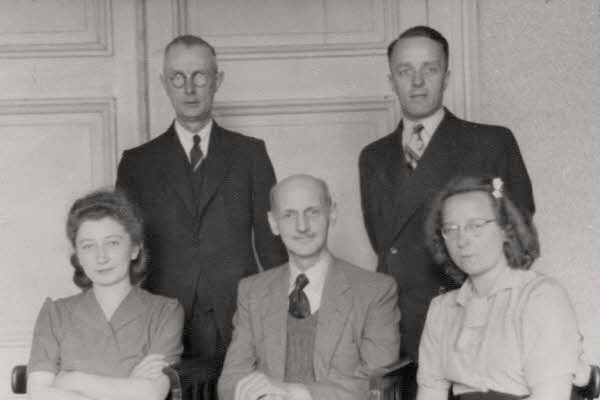A few tens of thousands of Dutch Jews tried to go into hiding to escape deportation, but many of them were betrayed. Going into hiding is not easy; you have to find a good hiding place, have enough money, acquire a false identity card, and arrange for dependable outside assistance. That last factor depends, in large part, on your network of personal contacts. Of course, some Jewish households had non-Jewish cousins or in-laws as result of mixed marriages. Other families had non-Jewish contacts from work, sports, or political activities. But people in the Netherlands tended to lead their lives within their own religious or belief communities in those days, a phenomenon called verzuiling ('pillarization'). Many Jews in Amsterdam and other major cities had no money and no one to turn to for help. Furthermore, not everyone could be trusted. Some Jews didn't want to go into hiding because they were unwilling to put other people in danger. After all, you can be betrayed at any time.
Jews were active in countless Jewish and mixed resistance groups. Some groups forged identity cards and found hiding places, while others tried to help Jews escape from holding centres like the Hollandsche Schouwburg.



